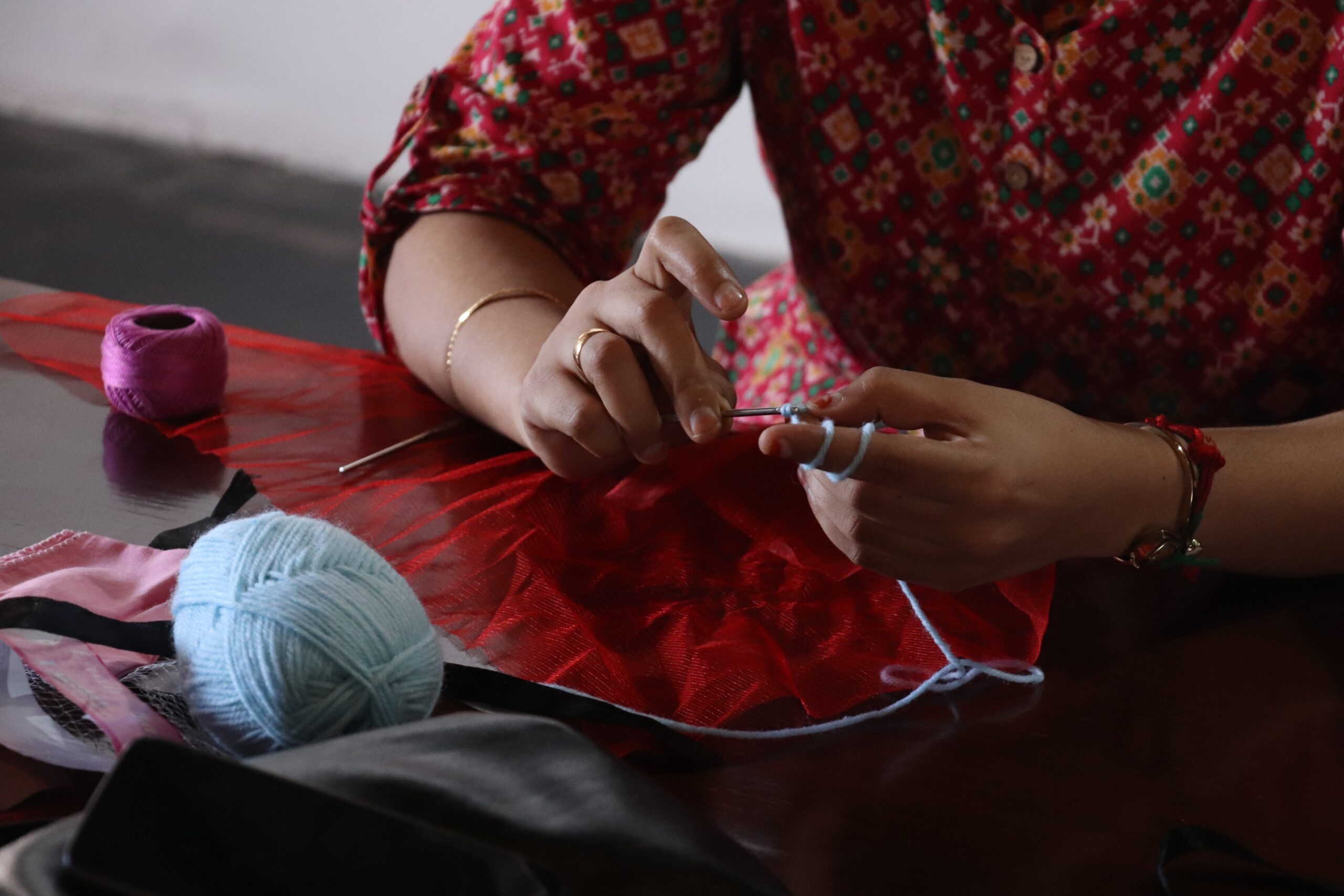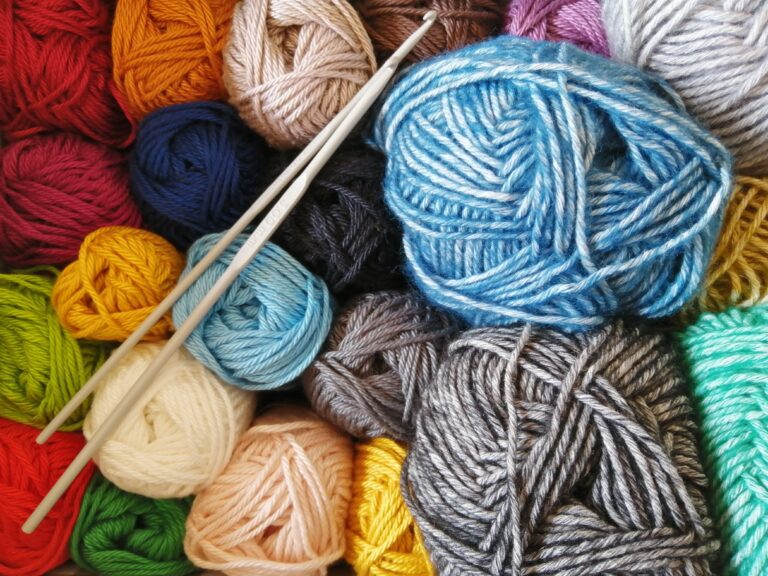What are the Basics of knitting?
Knitting is a versatile and enjoyable hobby that allows you to create various knitted items using yarn and knitting needles. Here are the basics of knitting as a hobby:
- Gather Materials: Collect the necessary materials for knitting, including knitting needles (in a size appropriate for your project), yarn suitable for knitting (consider the recommended weight and fibre type), scissors, and a yarn needle for finishing.
- Learn the Basic Knitting Stitches: Start by learning the two fundamental knitting stitches: the knit stitch (also known as garter stitch) and the purl stitch. These stitches form the basis of most knitting patterns. Practice these stitches until you feel comfortable and confident.
- Casting On: Casting on is the process of creating the first row of stitches on your knitting needle. The long-tail cast-on method is commonly used for beginners. There are various other cast-on methods to explore as you progress.
- Knitting in Rows: Once you have cast on, you can start knitting in rows. The basic knit stitch is used for the right side (RS) rows, and the purl stitch is used for the wrong side (WS) rows. By alternating between these stitches, you can create simple patterns and textures.
- Reading Knitting Patterns: As you advance, you may want to try knitting patterns. Knitting patterns provide instructions for creating specific designs. Learn to read knitting patterns, which include abbreviations, stitch counts, and pattern repeats. Start with simple patterns and gradually progress to more complex ones.
- Binding Off: Binding off, also known as casting off, is the process of finishing your knitting project and securing the stitches. It creates a neat edge. There are various binding-off methods, such as the basic bind-off or stretchy bind-off, depending on the desired result.
- Practice Gauge and Tension: Gauge refers to the number of stitches and rows per inch or centimetre in your knitting. Different yarns and needle sizes can produce different gauges. Practice knitting a swatch using the recommended needle size and yarn to match the gauge specified in your pattern.
- Explore Different Techniques: As you gain experience, explore different knitting techniques and stitches, such as ribbing, cabling, lace, colourwork, or knitting in the round. These techniques add variety and interest to your knitting projects.
- Finishing and Blocking: After completing your knitting project, weave in any loose ends using a yarn needle. Blocking is the process of wetting or steaming your knitted item to relax the fibres, even out stitches, and improve the drape and appearance. Blocking is especially beneficial for lace and larger projects.
- Enjoy the Process: Knitting is a creative and relaxing hobby. Take your time, enjoy the rhythmic motions of knitting, and embrace the satisfaction of seeing your project come to life. Celebrate your finished creations and share them with others.
Remember, knitting is a skill that improves with practice. Start with small and simple projects, such as scarves or dishcloths, and gradually take on more complex ones as you gain confidence. Don’t be afraid to try new techniques, explore different yarns, and let your creativity shine through in your knitting projects.
Photo by malavika on Unsplash
